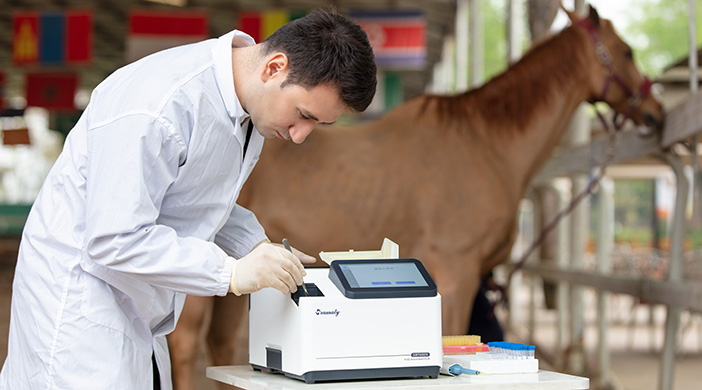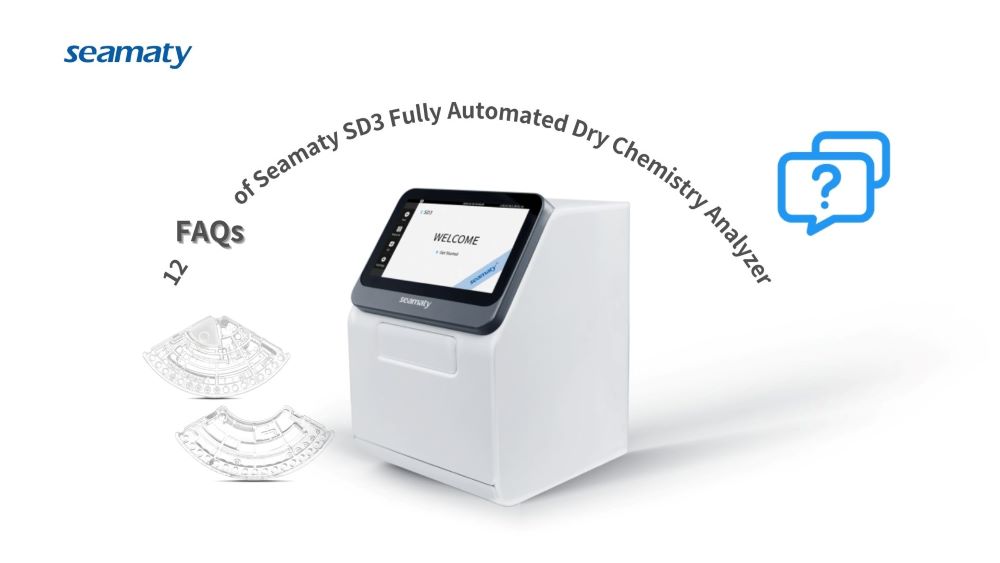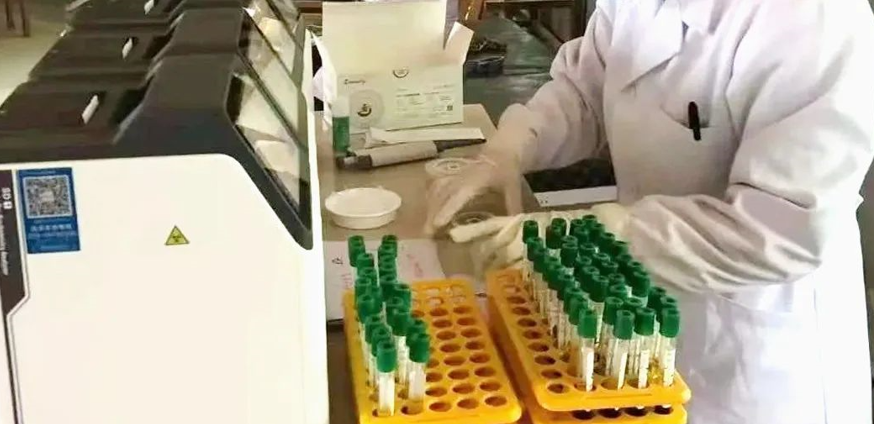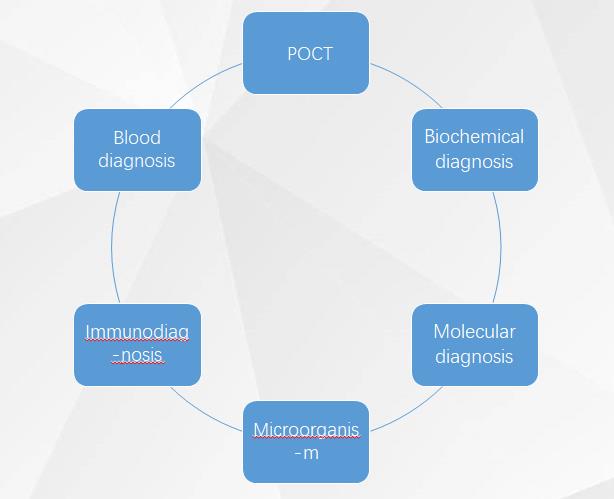release time:2021-08-20 16:02:39
In the previous article, Seamaty shared with you three common types of large immunoassay analyzers: fully automated chemiluminescence immunoassay analyzer, fully automated microparticle chemiluminescence immunoassay analyzer and fully automated electrochemiluminescence immunoassay analyzer. There are also maintenance methods for these immunoassay analyzers.
The fault is caused by the misalignment of the specimen rack in the track and the track can not run. Because the track is very long, and closed not easy to dismantle, generally check the horizontal lift connected to the track first. If normal, then check the track, as long as the misaligned specimen rack is removed, the fault can be eliminated.
Seamaty Veterinary Immunoassay Analyzer SMT-680V

A. Compact and light weight
Veterinary Immunoassay Analyzer SMT-680V Only 8Kg with small dimensions, space saving and fitting easily into your laboratory.
B. Minimum maintenance
SMT-680V Fluidics-free system for greater reliability, without carry over and less maintenance.
C. Easy to use
SMT-680V takes only several steps to finish the operation, increased efficiency and streamlines workflow.

2024-09-03
Learn about the Seamaty SD3 Fully Automated Dry Chemistry Analyzer in this comprehensive guide. Discover its unique fan-shaped reagent disks, accurate results, and ease of use. Explore 12 frequently asked questions to understand how the SD3 can benefit healthcare professionals.

2022-07-25
A chemistry analyzer is a machine used to measure the concentration of various chemicals in a sample. The most common type of analyzer uses enzymatic reactions to measure the concentrations of glucose, protein, and cholesterol.

2021-07-26
IVD (in vitro diagnosis) refers to the products and services outside the human body to obtain clinical diagnosis information by testing human samples (blood, body fluid, tissue, etc.), so as to judge diseases or body functions, so as to maintain the first market share in the medical device industry.